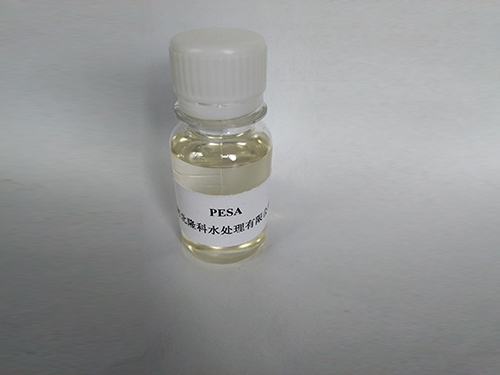Understanding the Role of Flocculants in Water Treatment Processes and Their Chemical Properties
Understanding Flocculants and Their Chemical Significance
Flocculants are chemical substances that facilitate the aggregation or clumping of particles, often employed in various industrial processes such as water treatment, mining, and papermaking. The primary function of flocculants is to enhance the separation of solid particles from liquids, hence improving the efficiency and effectiveness of many operations. This article explores the chemistry behind flocculants, their types, applications, benefits, and potential challenges in usage.
Chemistry of Flocculants
Flocculants can be classified based on their chemical composition. The most common types are anionic, cationic, and non-ionic flocculants.
1. Anionic Flocculants These flocculants carry a negative charge, aiding in the aggregation of positively charged particles. They are typically derived from synthetic polymers, such as polyacrylamide.
2. Cationic Flocculants Opposite in charge to anionic flocculants, cationic flocculants carry a positive charge and are effective in treating negatively charged particles, often present in wastewater.
3. Non-Ionic Flocculants These flocculants have no charge and rely on other mechanisms, such as steric effects, to encourage particle coalescence.
The mechanism of flocculation involves several steps. Initially, the flocculant molecules interact with suspended particles through van der Waals forces, hydrogen bonding, or ionic interactions. After the initial interaction, the flocculant molecules bridge multiple particles, forming larger aggregates, known as flocs. These larger particles are more spacious and can easily settle or be separated from the liquid medium.
Applications of Flocculants
Flocculants play an essential role in various industries, most notably in water treatment. Municipalities often add flocculants during the purification of drinking water to remove suspended solids like sediment, bacteria, and algae. This process ensures that the water is safe for consumption and meets health regulations.
In the mining industry, flocculants are utilized to separate valuable minerals from waste material, enhancing recovery rates. Similarly, in the papermaking industry, flocculants improve fiber and filler retention, reducing the amount of raw materials needed and minimizing environmental impact.
flocculant chemical

The agricultural sector also utilizes flocculants in the processing of fertilizers and pesticides, ensuring effective distribution and adherence to plant surfaces.
Benefits of Flocculants
The use of flocculants offers several advantages. Firstly, they significantly enhance the efficiency of solid-liquid separation processes, leading to quicker and more effective treatment options. This efficiency translates into lower operating costs and an overall reduction in resource consumption, such as water and energy.
Secondly, flocculants can improve the quality of the end product. For instance, in wastewater treatment, the use of flocculants results in clearer effluent, minimizing the environmental impact when discharged into natural water bodies.
Additionally, flocculants can help in reducing chemical usage in various applications, promoting a more sustainable approach to industrial processes.
Challenges and Considerations
Despite their advantages, the use of flocculants is not without challenges. One critical issue is the potential for adverse ecological effects. Chemicals used in flocculants, especially synthetic polymers, can be detrimental to aquatic life if they manage to escape into the environment during treatment processes.
Furthermore, the effectiveness of flocculants can vary based on water chemistry, temperature, and the specific impurities present in the raw water or slurry. This variability necessitates careful selection and testing of flocculants tailored to specific applications.
Lastly, economic considerations play a role in the choice of flocculants. While they can save money in various applications, the cost of the flocculant itself, potential disposal costs, and the need for monitoring can influence overall economic viability.
Conclusion
Flocculants are critical chemicals in modern industrial processes, with significant applications that promote efficiency and sustainability. Understanding their chemistry, types, and benefits can lead to better utilization and innovation in their application across diverse fields. While there are challenges associated with their use, ongoing research and development in this area aim to mitigate risks while maximizing their advantages, ultimately contributing to a more sustainable future.
-
Water Treatment with Flocculant Water TreatmentNewsJun.12,2025
-
Polymaleic AnhydrideNewsJun.12,2025
-
Polyaspartic AcidNewsJun.12,2025
-
Enhance Industrial Processes with IsothiazolinonesNewsJun.12,2025
-
Enhance Industrial Processes with PBTCA SolutionsNewsJun.12,2025
-
Dodecyldimethylbenzylammonium Chloride SolutionsNewsJun.12,2025





